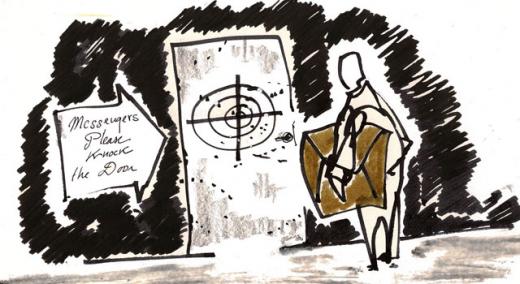"Don't shoot the messenger" Credit: Juan María
A tall, thin man in his late 50s approached me after my closing keynote for a manufacturing association conference on how leaders can avoid business disasters. He looked distraught and agitated. I hoped he wasn’t angry with something I said.
|
ADVERTISEMENT |
Mark introduced himself and asked me to tell him more about one of the dangerous judgment errors I’d discussed: cognitive bias, or the MUM effect (Minimizing Unpleasant Message). This bias causes those lower down in the organizational hierarchy to avoid passing bad news up the supervisor chain due to fears of the “shoot the messenger” problem—namely, that they’ll be blamed for the bad news. Given how often quality professionals must bring bad news to their leaders, it’s a big challenge.
Such mental blind spots stem from how our brains are wired, according to research in cognitive neuroscience and behavioral economics. Fortunately, recent research in these fields shows how you can use pragmatic strategies to address these judgment errors.
…

Comments
Good Article
Hello Sir,
Very nice article. Though I do not have experience as Manager, I felt team member on other side should learn from this article. They need to take all news to manager irrespective of whether they are praised or not.
Same applies to family, kids should be encouraged to tell all news to their parents so that they will develop confidence in facing any sort of situations.
Regards,
Renuka
Add new comment